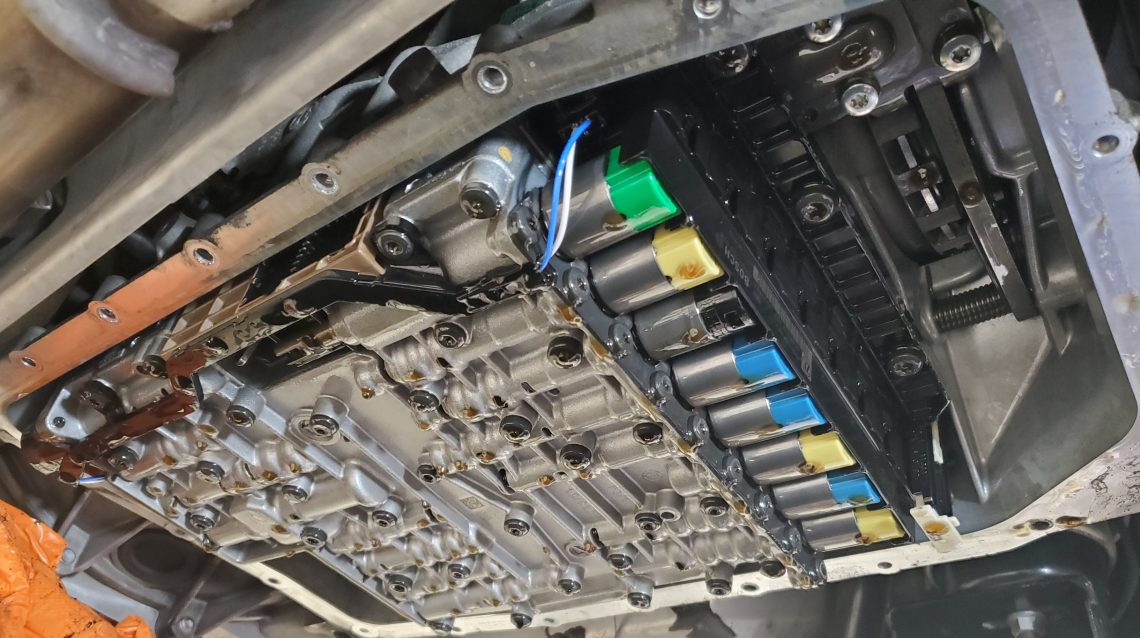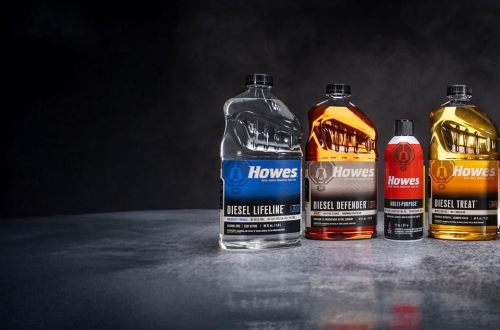An oil pan replacement requires skill and precision. The process involves more than removing and fitting parts. Professionals follow strict steps to avoid hidden mistakes. The oil pan must seal perfectly for proper function. A faulty seal can cause leaks and engine harm. The process is careful from start to finish. Each step ensures the engine receives complete protection. A ten word truth is that a strong replacement requires skilful and patient work. This replacement is not a simple task but a vital service.
Initial Inspection and Preparation
Technicians begin with a full inspection of the pan. They look for cracks dents or worn sealing areas. The surroundings are checked to confirm the damage source. Oil is drained completely into safe containers for disposal. The pan is cleaned externally to avoid contamination inside. Preparation prevents dirt or debris from entering the system. Tools are arranged for easy access during the job.
Cleaning and Surface Preparation
Once the pan is removed surfaces must be spotless. Old gasket material is cleaned off fully and completely. Even small debris can cause leaks after installation. The mating surface of the block is polished smooth. Special cleaners are often used for thorough degreasing. The area is inspected again to confirm perfect readiness. Professionals know a clean surface ensures tight sealing. Without this step the new pan may fail quickly. Surface preparation is vital before installing any new part. Cleanliness ensures strength and long lasting reliability in sealing.
Installing the New Oil Pan
The new pan is fitted with proper alignment always. A fresh gasket is placed to secure the seal. Bolts are installed in a crisscross pattern with care. Each bolt is tightened to specific torque requirements precisely. Uneven tightening can distort the pan or damage the gasket. Professionals use calibrated tools to ensure correct pressure.
Testing and Final Checks
After installation the system is filled with fresh oil. The engine is started and allowed to reach warm temperature. Technicians look for leaks around the oil pan edges. The pressure gauge is observed for steady and correct readings. Any irregular noise is checked during the operation cycle. The underside is inspected again after short driving distance. Testing ensures the repair is complete and secure. This step also confirms the pan is aligned correctly. Final checks bring confidence and guarantee the success of replacement. Vehicle owners can trust professional Auto Repair in Sugar Land, TX for quality service.
Conclusion
Oil pan replacement is a process built on precision and skill. Every step from inspection to testing demands expert focus and care. Cleaning and alignment protect against leaks and engine damage. Torque accuracy ensures the pan holds pressure under heavy use. Final tests confirm the new pan works with full reliability. A poor replacement can lead to costly problems later. Professional methods reduce risk and provide peace of mind daily.






